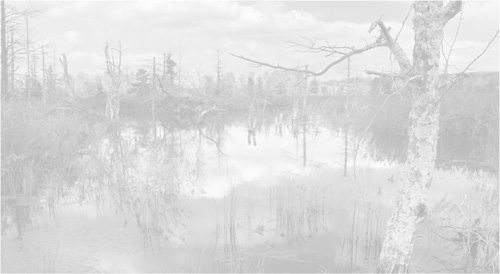The Gaia Hypothesis (or Gaia Theory or Gaia Principle)—named for Gaia, the Earth goddess of ancient Greece—is a theory that all organisms coevolve and interact with their nonliving surroundings to create a complex system that helps maintain our planet. It was first proposed in 1974 by English environmentalist James Lovelock (1919–) and American biologist Lynn [Alexander] Margulis (1938–2011; she was also known for her theory on the origin of eukaryotic organelles). Precursors to the theory proposed that the world was a single living organism capable of self-maintenance and regulation—an idea that was eventually expanded upon by Lovelock. Many scientists have regarded the Gaia Hypothesis as a useful analogy, but a difficult theory to test scientifically; however, it has also helped to expand ideas in several fields, including biogeochemistry and geophysiology.

